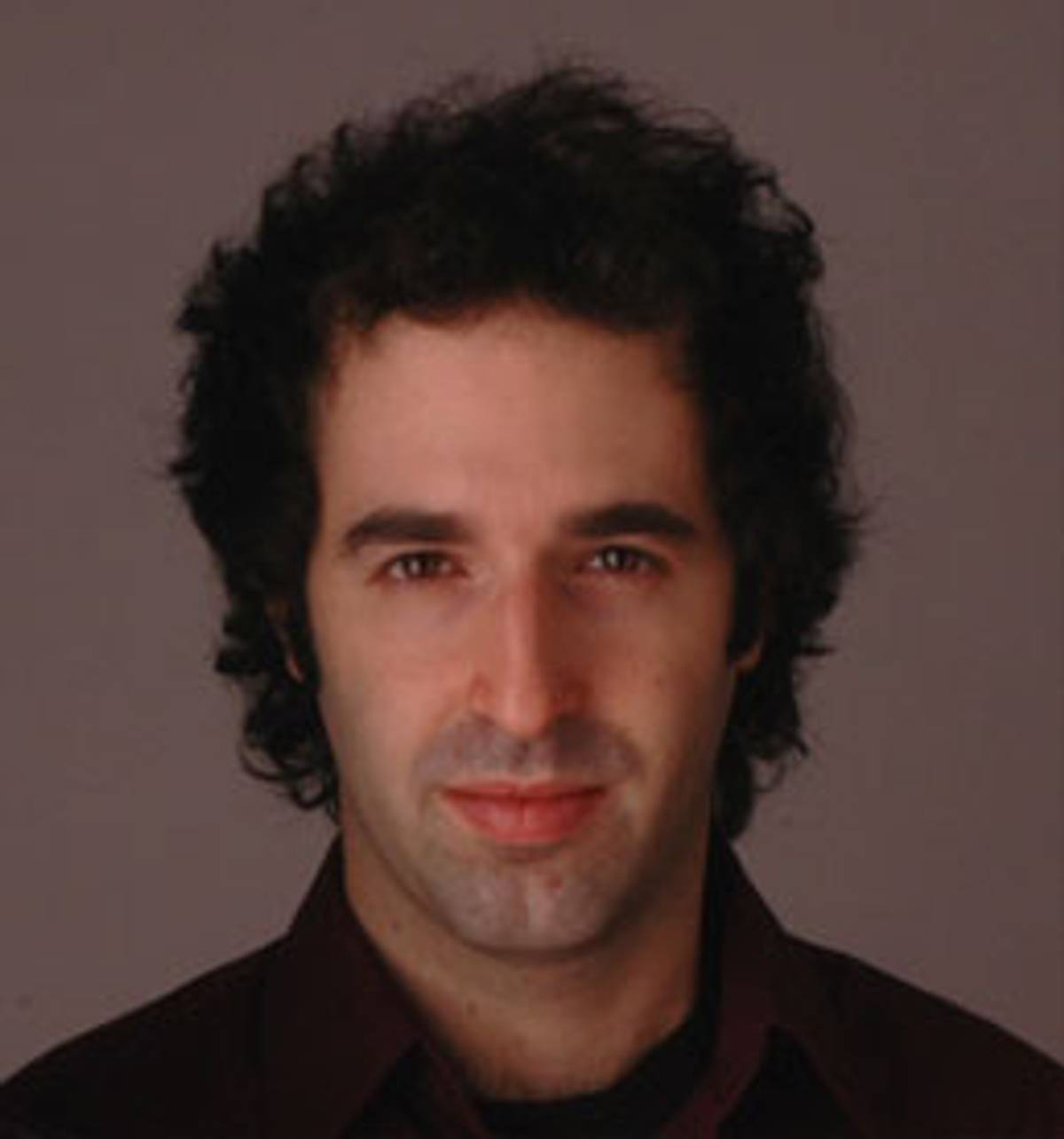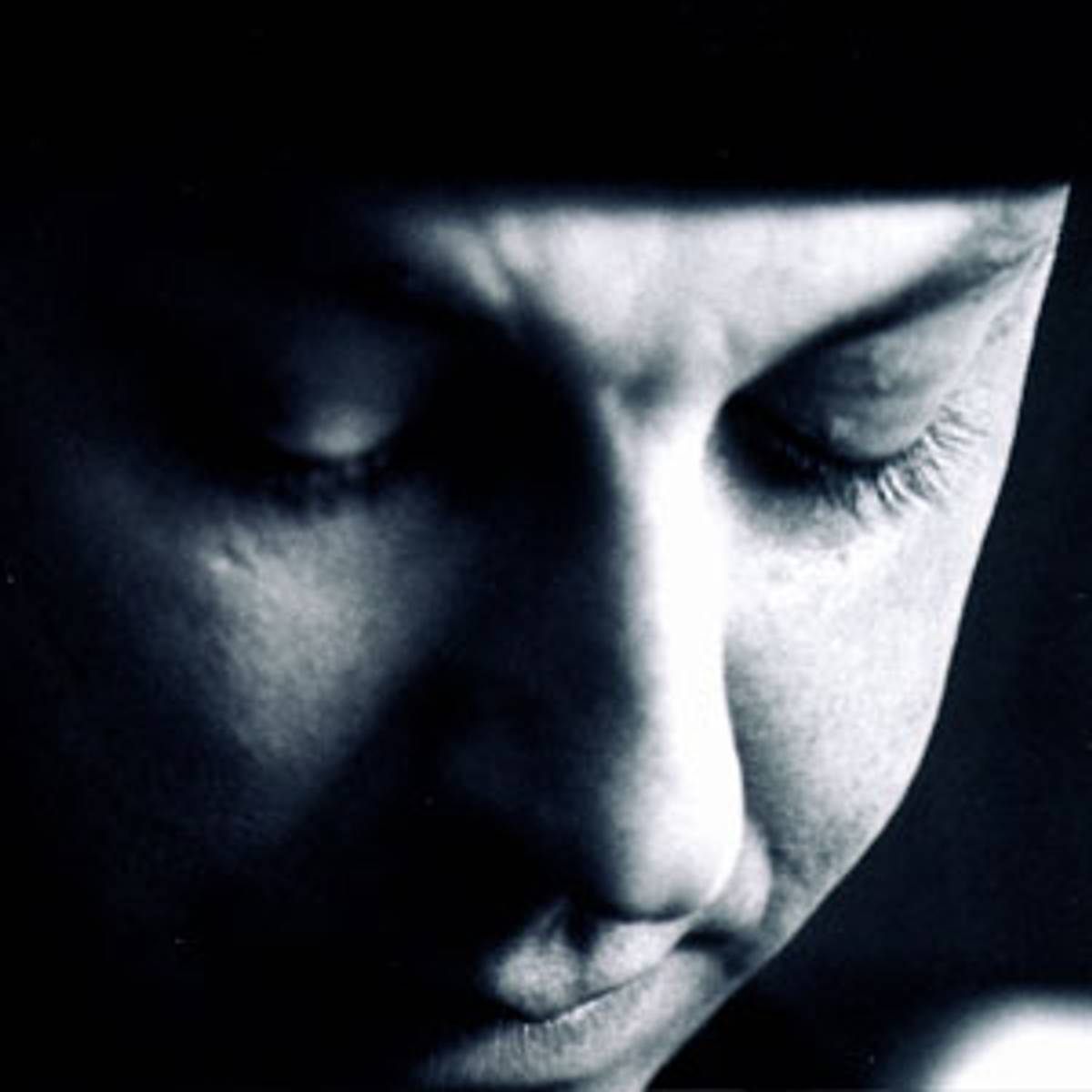I don’t know much about Kabbalah, the recently fashionable realm of Jewish mystical and esoteric thought. And what I do know, I don’t really understand.
I had a brief introduction to the subject in high school, when a chain-smoking Israeli expat who dabbled in amateur theater attempted to explain the Sefirot to my ninth grade class, but all I got out of it was a deep and abiding sense of puzzlement. (Divine emanations? Broken vessels spilling forth holy light? From this you build a universe?)
A little reading later in life didn’t help much. I’ve always identified with the rational, logical side of Judaism; give me a good, old-fashioned, obsessive-compulsive Talmudic argument any day. Ideas like the transmigration of souls and the magical manipulation of words and numbers—those, I just can’t wrap my head around.
I’m not proud of this. Kabbalah has deep roots in Judaism, and it is said to inform even non-mystical, mainstream aspects of the tradition in ways that I am certain never to appreciate. I have had to reconcile myself to this secret shame, this inability to penetrate the deeper mysteries of my heritage. Madonna, I’m not.

But having recently heard the Israeli composer and violinist Jonathan Keren introduce a new, Kabbalah-inspired work, On the Bridge of Words: A Triple Concerto for Narrator, Clarinet, Piano and Chamber Orchestra, I no longer feel quite so bad about my failure to pierce the veil of Jewish mysticism.
Keren is not the first contemporary Jewish composer to address arcane spiritual concepts in his work; the recently deceased Moshe Cotel, for example, incorporated both Torah study and Kabbalah in his compositions. Unlike Cotel, however, Keren is not a rabbi, and the task he set himself might have been daunting even for a scholar: On the Bridge of Words sets to music six different snippets of text by writers and philosophers who were involved with or inspired by Kabbalah, from the 13th century Spanish mystic Abraham Abulafia to Hebrew poet Chaim Nachman Bialik and Franz Kafka. During a pre-concert talk, Keren”a young, bespectacled figure with the kind of unruly hair you’d expect from a professional artist or a serious pothead”explained why he avoided using phrases plucked from actual Kabbalistic texts like the Zohar: they were incomprehensible. So instead of going to primary sources “that, honestly, I tried to read but couldn’t understand,” he decided to crib from people who ostensibly did. Hey, graduate students in the humanities do it; why not composers?
The excerpts Keren chose all related to language or music, and he tried to evoke their content in his compositions. Those intended connections were lost on me—do dissonant, stabbing piano chords and sustained string notes really conjure the “steel bridges over still waters” of Bialik’s The Explicit and the Allusive In Language?—but I enjoyed the music for its own sake. Keren is a modernist with a gift for dramatic gestures, and On the Bridge of Words commanded attention, even if it didn’t quite seem to fulfill its programmatic agenda.

In a different musical take on Kabbalah, California-based composer Daniel David Feinsmith doesn’t wade around the edges of Jewish mysticism; he dives right in and rolls around in it. A former Zen monk who has cobbled together his own brand of “meditative Judaism” from both Jewish and Buddhist sources, Feinsmith sees music as a “magical tool” that can be used to affect, and to improve, the world around us. He achieves this musical tikkun olam using techniques that are straight out of the Kabbalistic playbook; his works are intended, through a careful balance between contrast and repetition, to foster a trance-like state among listeners.
Drawing on the Sefer Yezira (“Book of Creation”), a 1000-year-old work of speculative philosophy that ascribes the creation of the world to the divine manipulation of the 22 letters of the Hebrew alphabet, Feinsmith generates his tones and rhythms using the numerological values of the names of God and of select biblical passages. The piece “Yahweh,” for string quartet and handbell choir, was created using the numerical sequence 10, 5, 6, 5, which corresponds to the letters in the Tetragrammaton. A medieval Kabbalist would recognize this as a form of gematria, which reveals the hidden meanings of words through their numerical equivalents, while a modern composer would see in it a compositional algorithm that turns numbers into music. (Come to think of it, mystics and “serious” composers have a lot in common: both tend to attract small groups of fanatical devotees, and no one really understands what they do.)
Abulafia in particular might have admired Feinsmith’s method: According to Gershom Scholem’s Kabbalah, Abulafia advocated a particular brand of textual manipulation, or hochmat ha-zeruf (“the science of combination”), that used the letters making up the names of God for meditative purposes. He even compared this technique to music, “which too could conduct the soul to a state of the highest rapture by the combination of sounds.” That seems like something the Hasidim, who have done more than any other group to popularize Kabbalah, would appreciate: their wordless chants, or niggunim, are intended to induce a state of spiritual ecstasy.
Feinsmith’s music might not have quite the same effect, but it is powerful stuff nonetheless, and his hypnotic melodies and driving rhythms can be appreciated without understanding the arcane processes through which they are derived. That in itself seems rather Kabbalistic: After all, the goal of all this mind-bending mysticism is not to win the gold medal for the most complex intellectual gymnastics, but to achieve a closer union with the divine. For a rational secularist like me, a transcendental musical experience is about as close as I’ll ever come.
Alexander Gelfand is a recovering ethnomusicologist, a sometime jazz pianist, and a former West African drummer. His work has appeared in the New York Times, the Chicago Tribune, the Forward, and elsewhere.